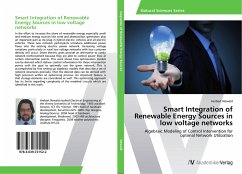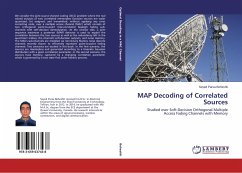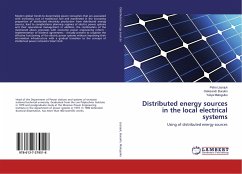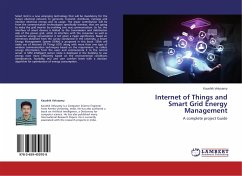
Smart Integration of Renewable Energy Sources in low voltage networks
Algebraic Modeling of Control Intervention for optimal Network Utilization
Versandkostenfrei!
Versandfertig in 6-10 Tagen
37,99 €
inkl. MwSt.

PAYBACK Punkte
19 °P sammeln!
In the effort to increase the share of renewable energy especially small and medium energy sources like wind and photovoltaic generators play an important part as do plug-in hybrid electric vehicles and all-electric vehicles. These new network participants introduce additional power flows into the existing electric power network. Increasing voltage variations particularly in rural low voltage networks with low customer density will occur. Smart electric grids provide an alternative to costly network reinforcement because they are able to control power flow at certain intervention points. This ...
In the effort to increase the share of renewable energy especially small and medium energy sources like wind and photovoltaic generators play an important part as do plug-in hybrid electric vehicles and all-electric vehicles. These new network participants introduce additional power flows into the existing electric power network. Increasing voltage variations particularly in rural low voltage networks with low customer density will occur. Smart electric grids provide an alternative to costly network reinforcement because they are able to control power flow at certain intervention points. This work shows how optimisation models can be derived which deliver control information for these intervention points with the goal to optimally use the given network. This is accomplished by first setting up algebraic models that describe a set of network structures precisely. Then the desired data can be derived with high precision within an optimizing process. An important feature is that storage elements are considered as well. This optimizing approach has its limits regarding complexity of the modeled circuits which are identified in this work.












